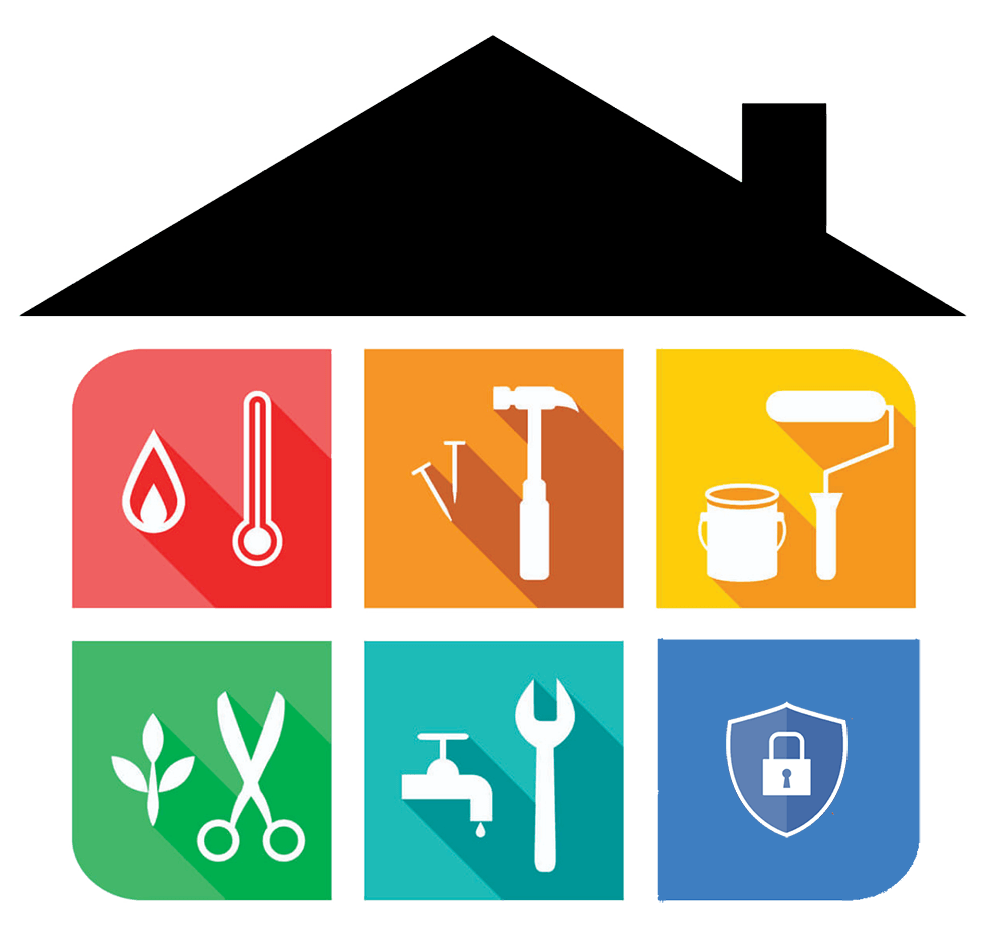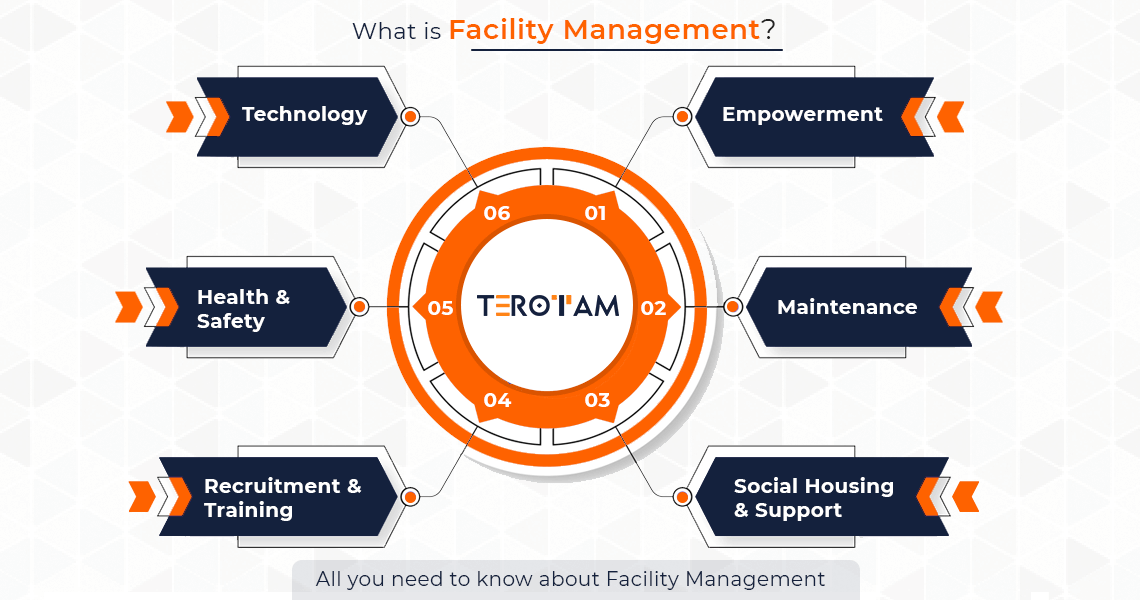Facility Management-- Important Providers for Efficient Operations
Wiki Article
The Important Overview to Facility Monitoring: Approaches for Success
Center monitoring plays a vital duty in the overall success of an organization, offering as the foundation that sustains efficiency, efficiency, and security. The nuances of efficient center monitoring expand past plain logistics and call for a thorough understanding of both qualitative and quantitative metrics.Understanding Facility Monitoring
What comprises efficient facility administration? Efficient center monitoring includes the control of numerous business features to make certain that developed atmospheres are safe, reliable, and for performance. It integrates the concepts of company, engineering, and design administration to develop a smooth functional circulation within a company.Secret components of center management include area planning, upkeep management, and compliance with health and wellness laws. Room preparation focuses on optimizing using physical resources to sustain business objectives, while upkeep monitoring ensures that facilities are kept in optimal condition, optimizing life expectancy and minimizing functional prices. Conformity with regulative and lawful requirements is vital, as it safeguards the company against possible liabilities and boosts its reputation.
Furthermore, reliable center administration depends on the calculated use of technology, such as Building Management Equipment (BMS) and Computer-Aided Center Administration (CAFM) tools. These technologies facilitate real-time surveillance of building systems and simplify upkeep processes (Facility Management). Ultimately, a thorough strategy to facility management not just advertises operational performance yet likewise fosters a favorable atmosphere for site visitors and employees alike, driving total business success

Key Techniques for Optimization
Maximizing facility monitoring needs a strategic technique that straightens operational methods with business goals. To accomplish this, the initial key technique is the application of incorporated technical services. Making use of advanced software systems enables real-time surveillance of center procedures, facilitating data-driven decision-making and enhancing general effectiveness.Second of all, normal assessments of facility performance are necessary. Performing regular examinations and audits enables center supervisors to identify locations that require renovation, ensuring that sources are allocated effectively. This proactive approach helps in minimizing downtime and enhancing solution distribution.
An additional crucial approach is cultivating cooperation throughout departments. By encouraging open communication in between groups, facility managers can better straighten their strategies with business objectives, bring about enhanced operational synergy. In addition, involving personnel in training programs promotes a society of liability and improves their capacity to add to optimization initiatives.
Enhancing Security Protocols
Reinforcing security protocols is essential for developing a safe environment within centers. A detailed security protocol not only protects workers and site visitors but also improves operational effectiveness. Facility Management. To attain this, center supervisors should conduct routine risk assessments to recognize prospective hazards and make sure that suitable measures are in area
Additionally, clear interaction channels have to be established to report security concerns promptly. This includes developing an available platform for workers to voice prospective hazards or incidents without worry of . Moreover, leveraging innovation can improve safety measures; for instance, applying security systems and gain access to controls helps monitor center activities and restrict unapproved entrance.
Finally, compliance with local laws and market standards is non-negotiable. Normal audits and evaluations of safety methods make sure alignment with existing laws and ideal methods. By focusing on these techniques, center managers can grow a culture of safety that shields all stakeholders and eventually adds to the organization's success.
Improving Office Atmosphere
A favorable workplace atmosphere considerably boosts employee spirits and productivity, making it an essential focus for center management. To produce such a setting, facility managers need to prioritize a number of crucial elements, including comfort designs, visual appeals, and staff member engagement.Ergonomic considerations are crucial to reduce physical stress and pain. This entails offering adjustable furnishings, correct lighting, and sufficient space for motion. These changes can bring about reduced absenteeism and enhanced task satisfaction.
Visual appeals play a crucial duty in forming the office atmosphere. Utilizing color psychology, all-natural illumination, and plant can promote a inviting and boosting setting. Attentively made rooms can see this enhance creative thinking and boost overall well-being.
Moreover, encouraging employee engagement via comprehensive decision-making procedures can boost the feeling of ownership and belonging. Gathering feedback on workplace renovations and entailing workers in the style process can lead to a more customized setting that satisfies their requirements.
Lastly, promoting health campaigns, such as health cares and leisure rooms, can additionally contribute to a supportive office society. By concentrating on these strategies, center managers can effectively boost the office environment, find out this here driving both employee fulfillment and organizational success.
Gauging Success in Facilities
Determining success in facility monitoring needs an extensive approach that examines both qualitative and measurable metrics. Quantitative metrics generally consist of crucial performance indications (KPIs) such as space application rates, power usage, upkeep costs, and tenancy levels. These metrics give a clear photo of functional performance and financial performance, permitting center supervisors to identify areas for renovation and benchmark against industry requirements.Qualitative metrics, on the various other hand, emphasis on user satisfaction and staff member interaction. Surveys and responses devices can determine exactly how well the centers meet the requirements of owners, aiding to analyze the total office setting. This element is essential, as a satisfied labor force is frequently linked to increased efficiency and retention prices.
To effectively measure success, center managers should also think about incorporating technology, such as constructing monitoring systems and data analytics tools, to accumulate and examine pertinent information. Regularly examining both collections of metrics permits a much more balanced view of efficiency and educates strategic decisions. Inevitably, a successful facility administration approach rests on a dedication to continuous enhancement, making sure that both functional efficiencies and individual fulfillment are focused on.

Conclusion
To conclude, efficient center monitoring is important for enhancing business performance. By applying integrated technical options, conducting normal assessments, and other cultivating collaboration throughout departments, companies can achieve ideal resource allowance and operational effectiveness. Focusing on security methods and improving office environments additionally contribute to boosted staff member complete satisfaction. Finally, determining success through both qualitative and measurable metrics enables constant renovation, ultimately causing reduced operational expenses and an extra productive organizational ambience.Facility management plays a vital function in the overall success of an organization, serving as the backbone that supports safety, productivity, and effectiveness.Trick aspects of facility management include room preparation, maintenance management, and conformity with wellness and safety and security laws.Moreover, effective center administration depends on the strategic use of technology, such as Building Monitoring Systems (BMS) and Computer-Aided Center Monitoring (CAFM) devices. Inevitably, an extensive method to center monitoring not just promotes functional effectiveness however also cultivates a positive atmosphere for visitors and workers alike, driving overall organizational success.
Inevitably, a successful facility management approach hinges on a dedication to continual renovation, guaranteeing that both operational performances and individual satisfaction are focused on.
Report this wiki page